a. Acid halides, anhydrides, esters and amides, all of them contain group but none of them gives test for group, i.e., they do not form oximes, hydrazones, and DNP derivatives, etc. Why?
b. Arrange the following in the decreasing order of nucleophilic addition.
i.
ii.
iii.
iv.
v.
c. Arrange the following in the increasing order of ease of hydrolysis.
d. Arrange the following in the increasing order of ease of acid-catalysed esterification of:
i. 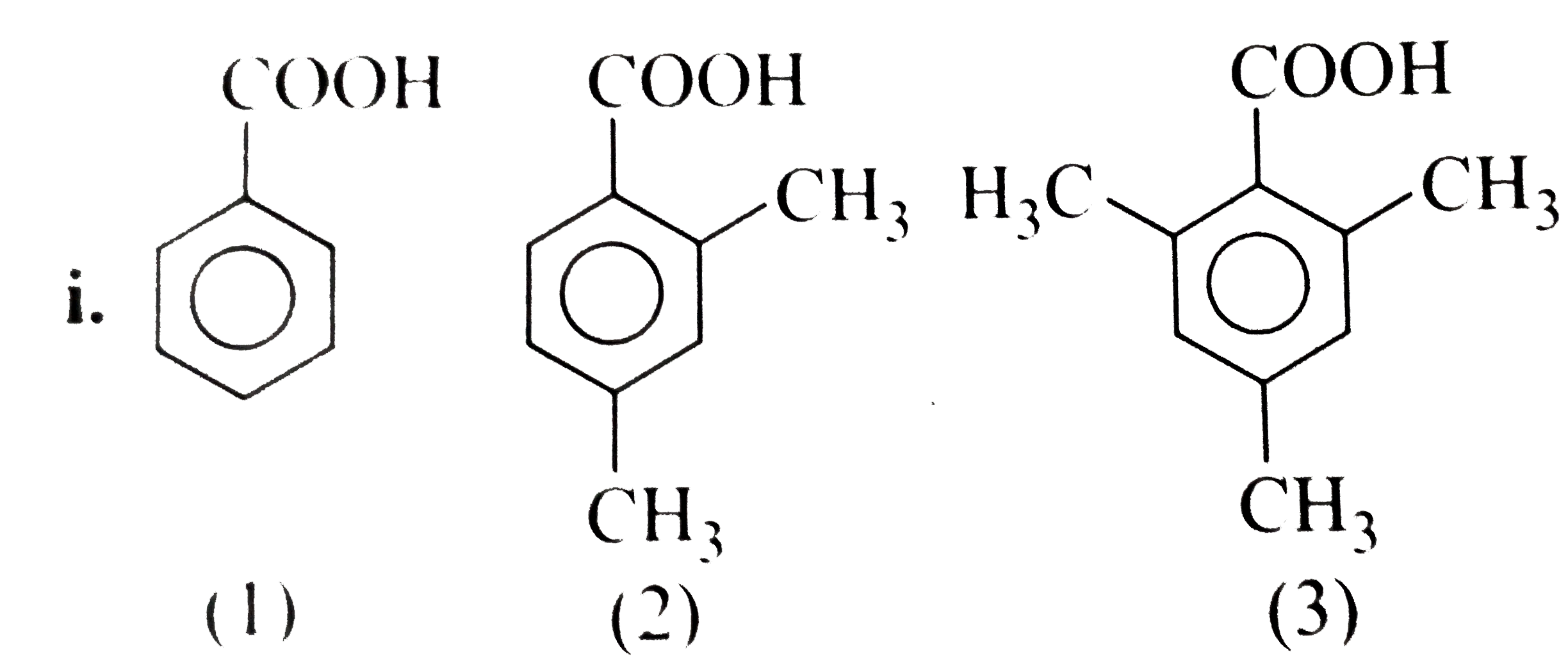
ii.
iii.
e. Arrange the following esters in decresing order of ease of alkaline hydrolysis.
i.
ii.
iii.
All the compounds do not contain a true bond as shown by their resonance structures and hence do not give any test of group.
However, all the acid derivatives react differently (nucleophilic acyl substitution) with ammonia derivatives e.g.,
I. Reaction of acid halide with ammonia derivative:
i. 
ii. 
iii. 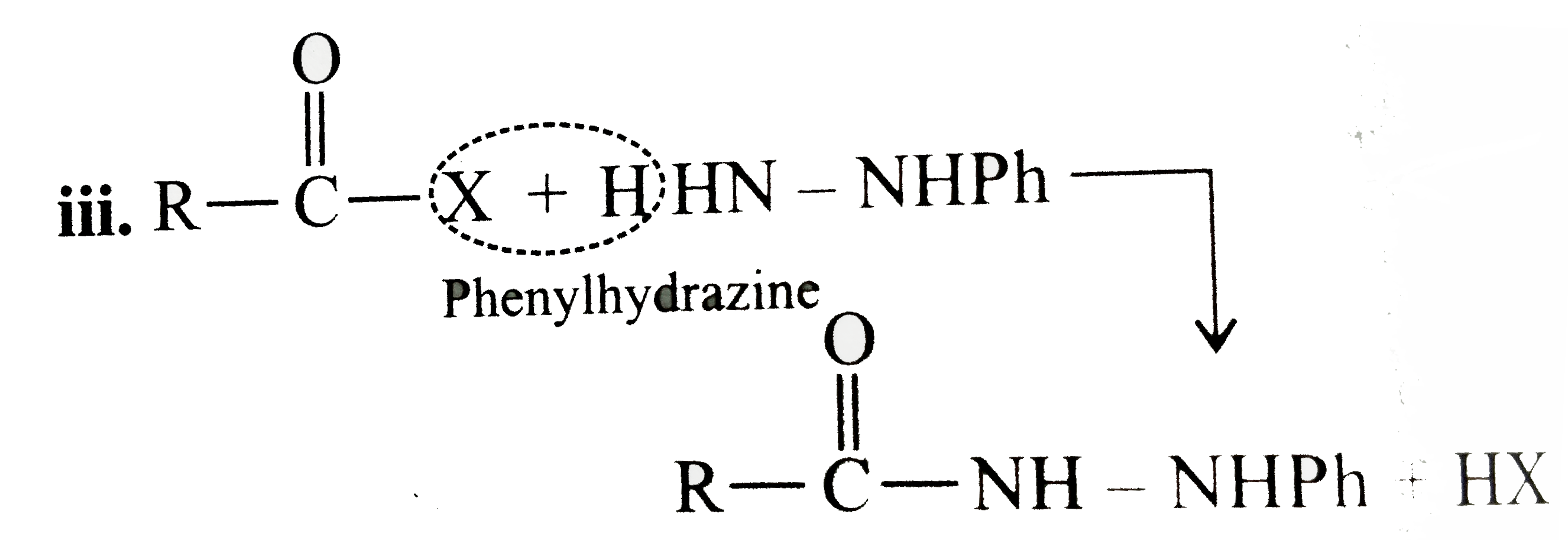
II. Reaction of anhydride with ammonia derivative:
i. 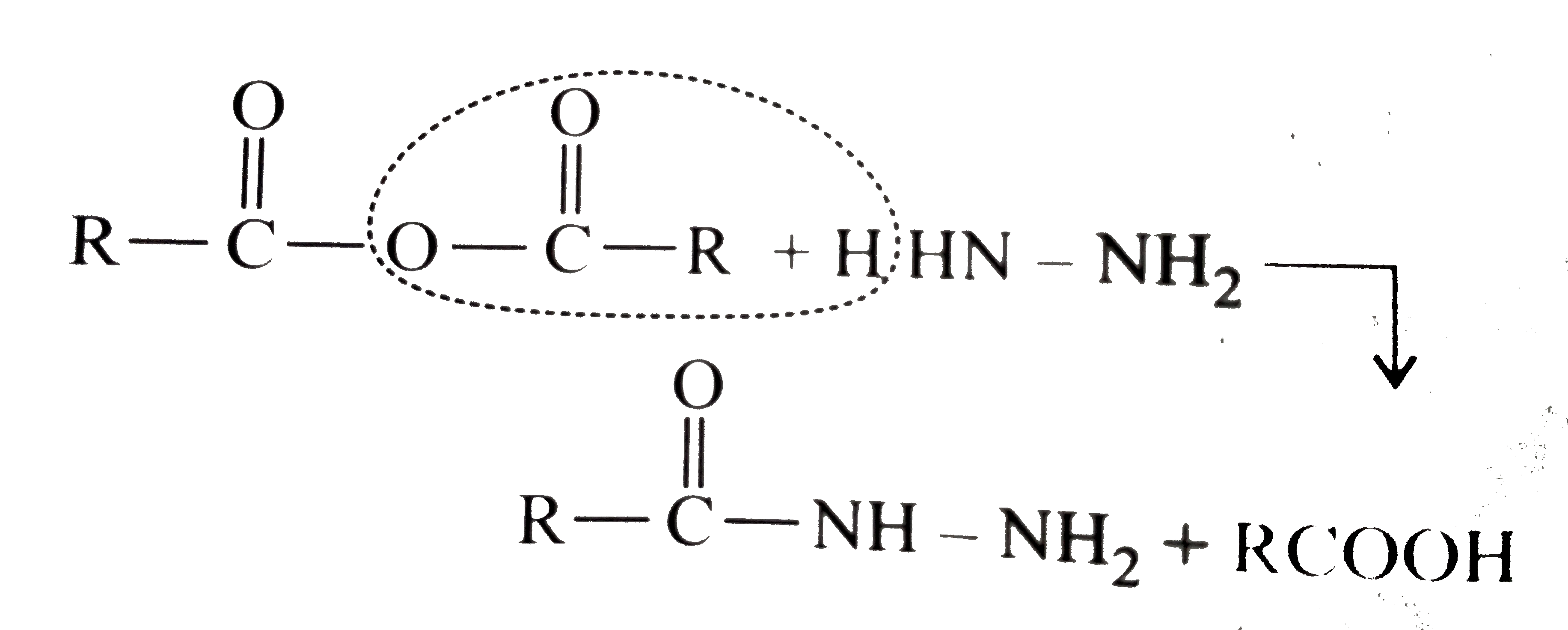
ii. 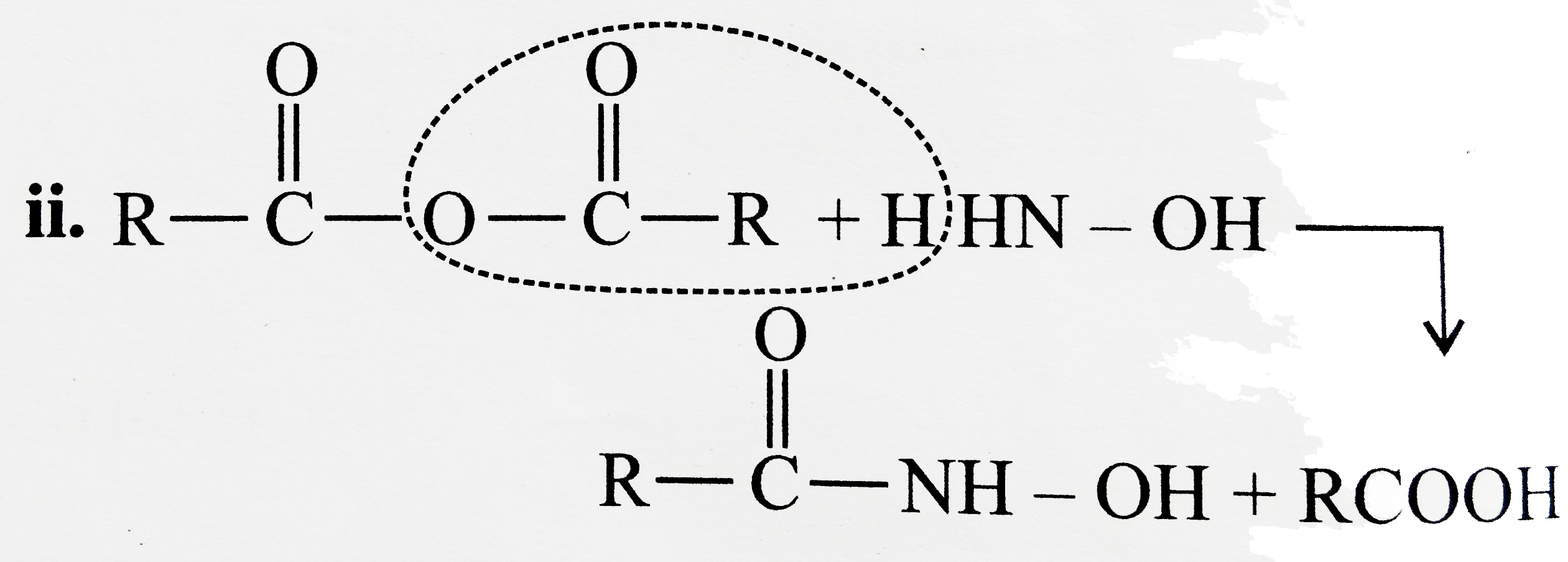
III. Reaction of esters with ammonia derivative:
i. 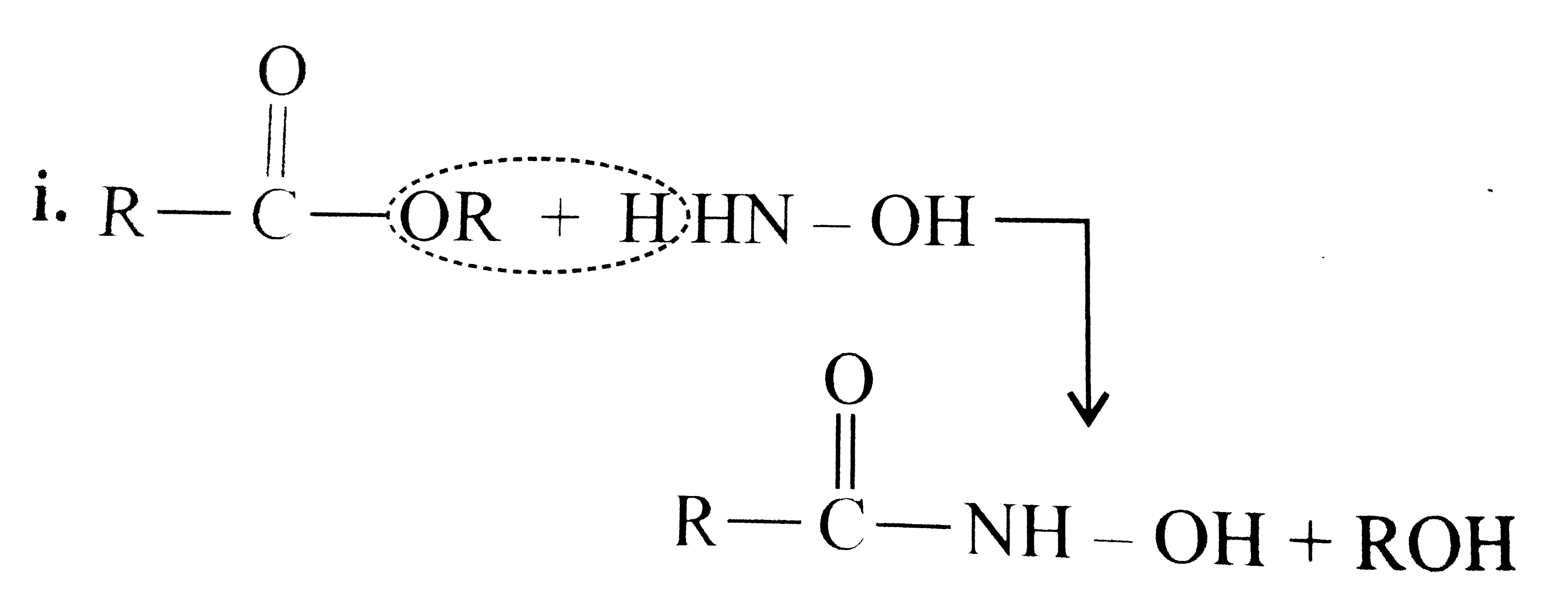
ii. 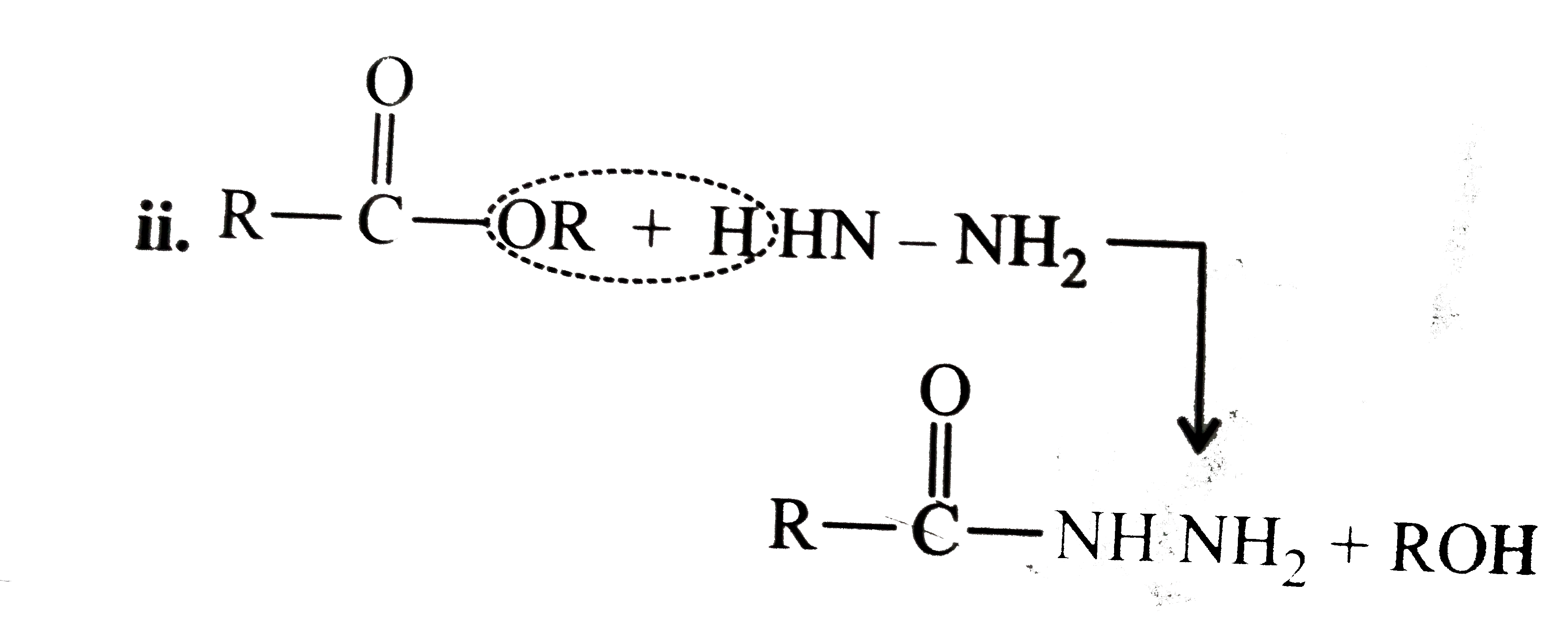
IV. Reaction of amide with ammonia derivative:
i. 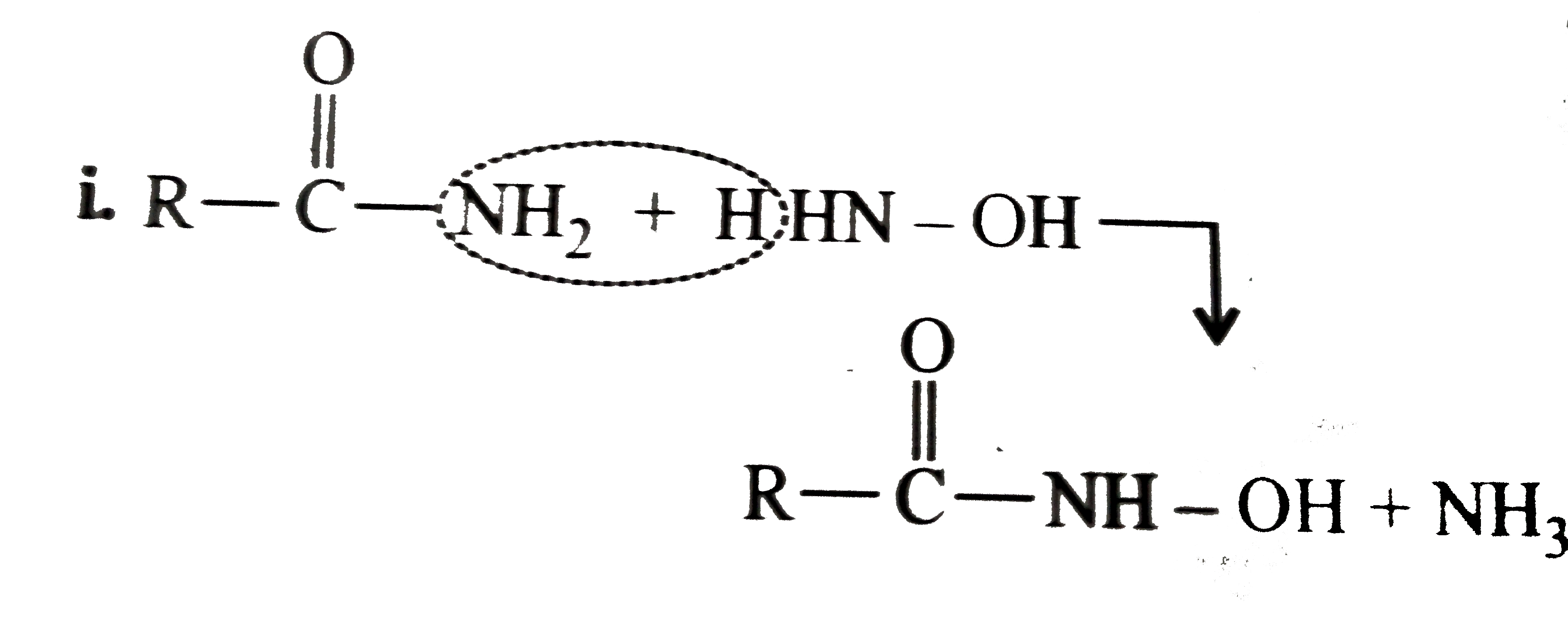
ii. 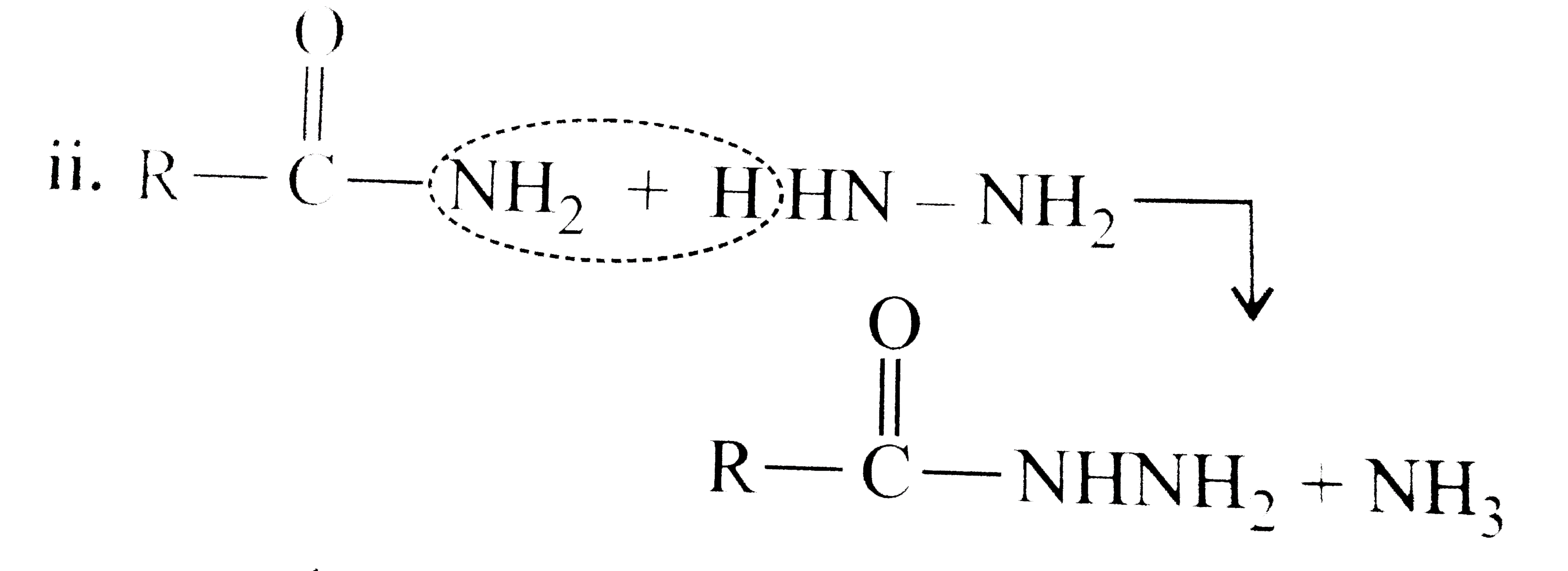
b. i. (Aldehyde gt Ketone gt Acid chloride gt Ester gt Amidegt Acid gt Acid ion)
ii.
iii.
More the withdrawing group, faster in the NA. In (4), Ph group is withdrawing by effect (+R cannot occur, since there is no extended conjugation)

iv.
v.
c. (Acid chloride gt Anhydride gt Ester gt Amide)
d. As the size of substituents on the C increases, the tetrahedrally bonded intermediate becomes more crowded. Greater the crowding, slower is the reaction.
i.
ii.
iii.
e. i.
ii.
iii.
Topper's Solved these Questions
- ALIPHATIC AND AROMATIC ALDEHYDES AND KETONESBOOK - CENGAGE CHEMISTRYCHAPTER - ALIPHATIC AND AROMATIC ALDEHYDES AND KETONESEXERCISE - Solved Examples
13 Videos
- ALIPHATIC AND AROMATIC ALDEHYDES AND KETONESBOOK - CENGAGE CHEMISTRYCHAPTER - ALIPHATIC AND AROMATIC ALDEHYDES AND KETONESEXERCISE - Exercises Subjective
52 Videos
- ALCOHOL,PHENOL AND ETHERSBOOK - CENGAGE CHEMISTRYCHAPTER - ALCOHOL,PHENOL AND ETHERSEXERCISE - Archives Analytical And Descriptive
15 Videos
- AMINESBOOK - CENGAGE CHEMISTRYCHAPTER - AMINESEXERCISE - QUESTION BANK
1 Videos
Similar Questions
Knowledge Check
Arrange the following compounds in decreasing orders of rate of hydration.
(X)CCl3CHO (Y)CH3CHO (Z)CH3COCH3 (W)CF3CHOAW gt Z gt X gt YBW gt X gt Y gt ZCW gt Y gt Z gt XDW gt Z gt Y gt XArrange the following in the increasing order of expected enol content.
i. CH3COCH2CHO
ii. CH3COCH3
iii. CH3CHO
iv. CH3COCH2COCH3Aiii<ii<ivBiii<ii<i<ivCi<iv<ii<iiiDiv<i<ii<iii
Arrange the following in the decreasing order of their reactivity towards nucleophilic addition reaction :
HCHO,CH3COCH3,CH3CHO
View SolutionArrange the following compounds in decreasing orders of rate of hydration.
(X)CCl3CHO (Y)CH3CHO (Z)CH3COCH3 (W)CF3CHO
View SolutionArange the following in increasing order of reactivity towards nucleophilic addition:
HCHO,CH3CHO,CH3COCH3
View SolutionArrange the following in the increasing order of expected enol content.
i. CH3COCH2CHO
ii. CH3COCH3
iii. CH3CHO
iv. CH3COCH2COCH3
View SolutionArrange the following in order of increasing reactivity towards nucleophilic addition reactions
C6H5COCH3,CH3CHO,CH3COCH3.
View SolutionArrange the following in order of increasing reactivity towards nucleophilic addition reactions
C6H5COCH3,CH3CHO,CH3COCH3.
View Solution
